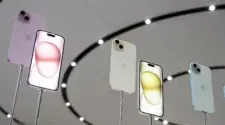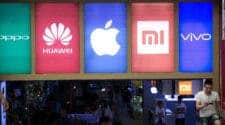According to rumors, there will be no iPhone 13 this year: the iPhone 12s will be released instead, and the iPhone 14 will appear next year. And now we have the opportunity to evaluate the design of the flagship of the next line of Apple smartphones – the iPhone 12s Pro. The source published unofficial renders of the device in pink.
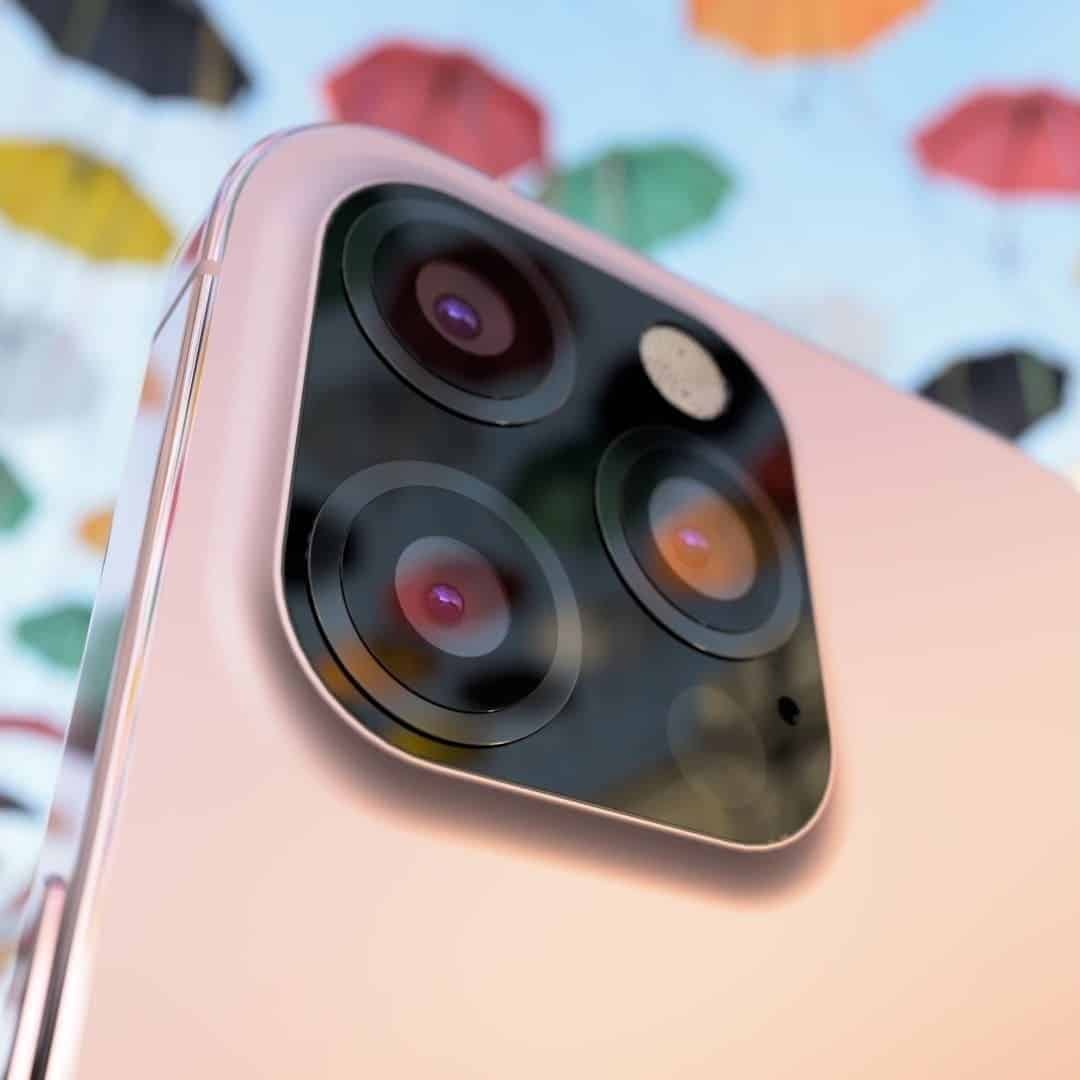
The most important thing here is the modified block of the main camera. Instead of three separate modules, they are now all assembled together in one block, covered with tempered glass. The result is a more solid look compared to the current lineup.

As for the design of the camera unit, which gently rises above the rear panel, it is very similar to the iPhone 7 camera – of course, adjusted for the shape and number of sensors. Relatively speaking, the crater has become much larger and is now not round, but square with rounded corners.
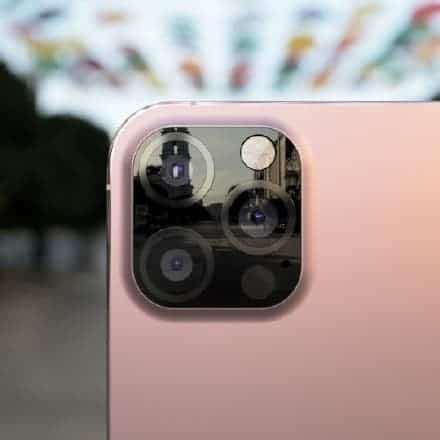
The iPhone 12s is also credited with a new Face ID system (with a more compact Direct ToF sensor), a more energy-efficient Samsung LTPO screen with a frame rate of up to 120 Hz, and a Touch ID fingerprint scanner built into the display. The latter is a consequence of the pandemic: Face ID does not do the best job of unlocking the faces of people in medical masks.
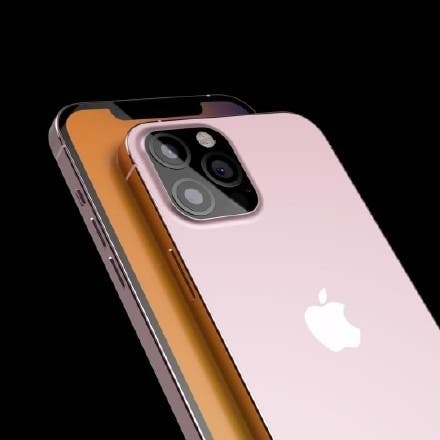
Apple finally defeated Samsung in the global smartphone market
Apple overtook Samsung to become the world’s leading smartphone brand amid record sales of iPhone smartphones. The company showed a huge jump in the last quarter of last year, while Huawei‘s position weakened greatly.
According to Counterpoint Research, shipments of iPhone smartphones increased 22% in the previous quarter. The surge is driven by the release of the iPhone 12 lineup, which supports fifth-generation networks. Also, sales of previous models did not fall, the demand for which is stable after the price decline.
The company has shipped 90 million smartphones and has more than 23% market share. Analysts note that Apple has strengthened its position in the premium segment of smartphones in China. According to Apple CEO Tim Cook, two of the top three selling premium smartphones in China are from Apple.
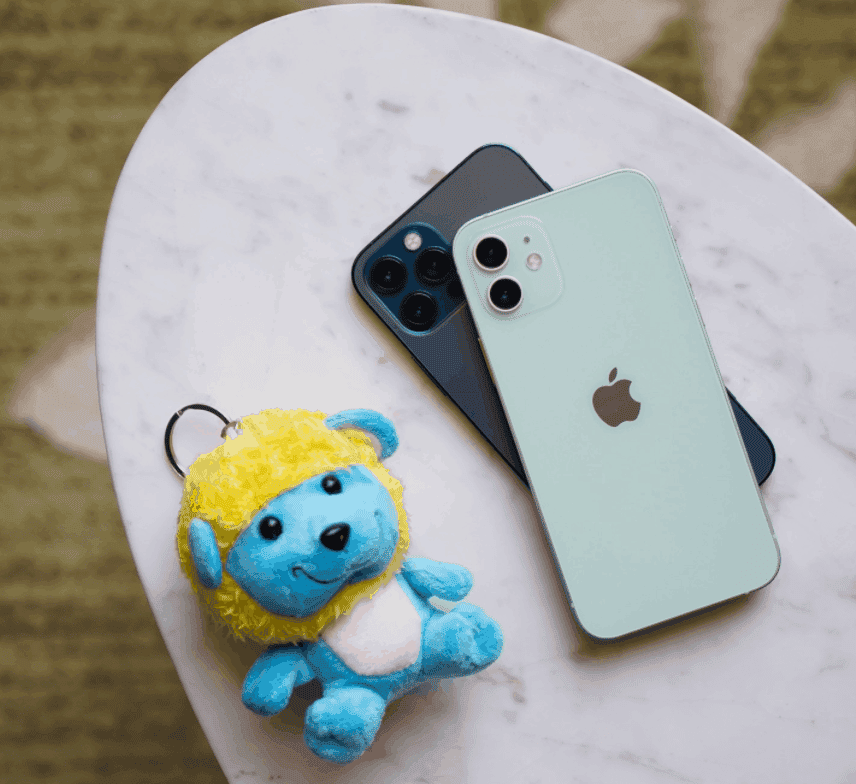
The second place in the quarter belongs to Samsung, which received about 19% of the market. The third place went to Xiaomi, followed by Oppo and Vivo, which took the fourth and fifth places, respectively. Huawei dropped to 6th place.
If we consider the results for the year, then Samsung is in the lead, Apple is second, Huawei is third, followed by Xiaomi, Oppo, Vivo and Realme. The latter was the fastest growing brand in the past year.
Counterpoint Research’s data is broadly consistent with estimates by another analyst firm, IDC, which we have already published.
Follow Gizchina.com on Google News for news and updates in the technology sector.


